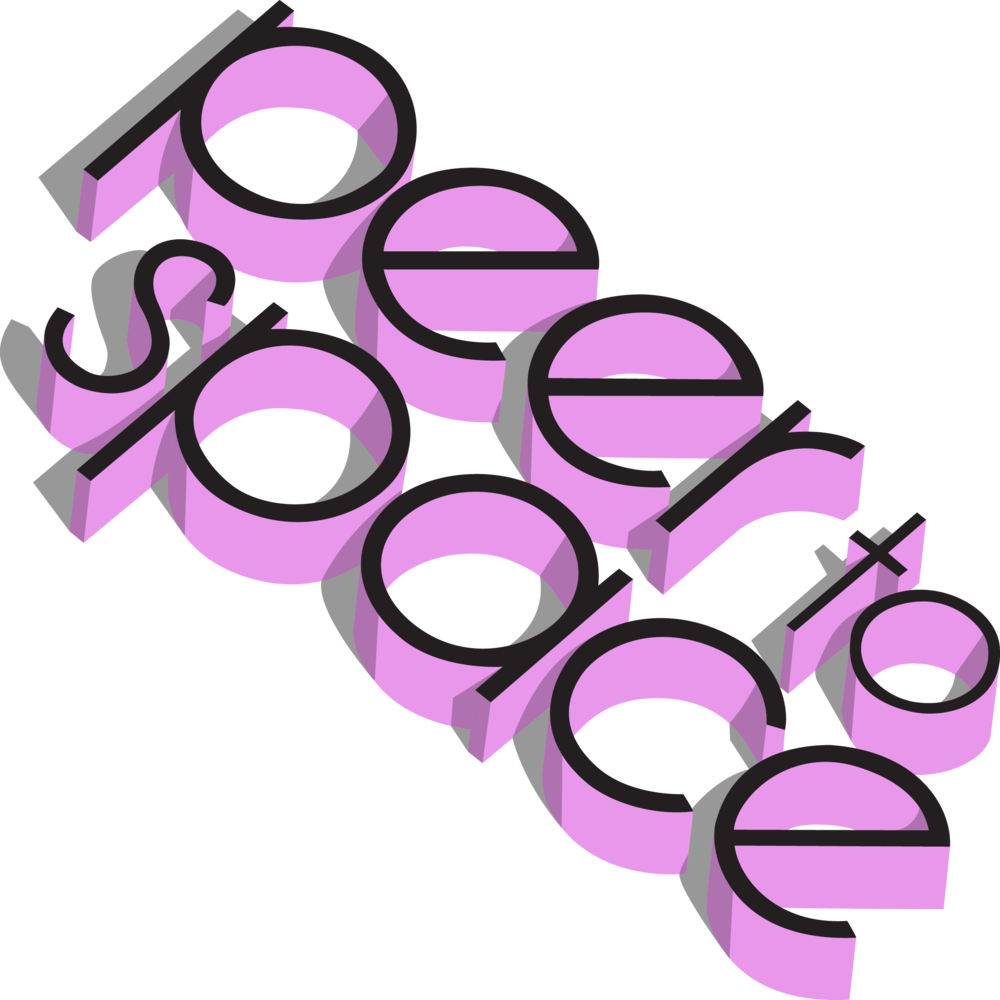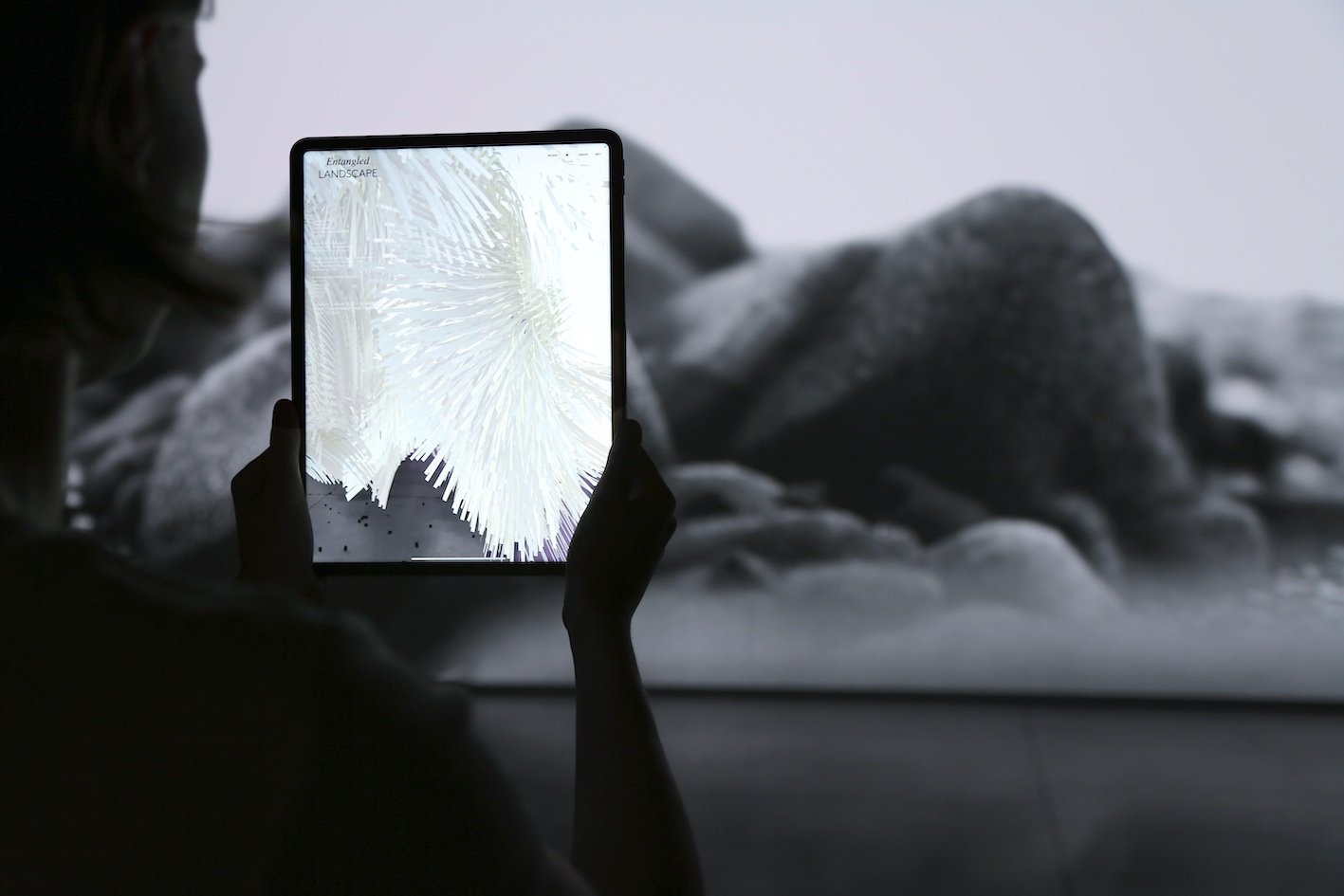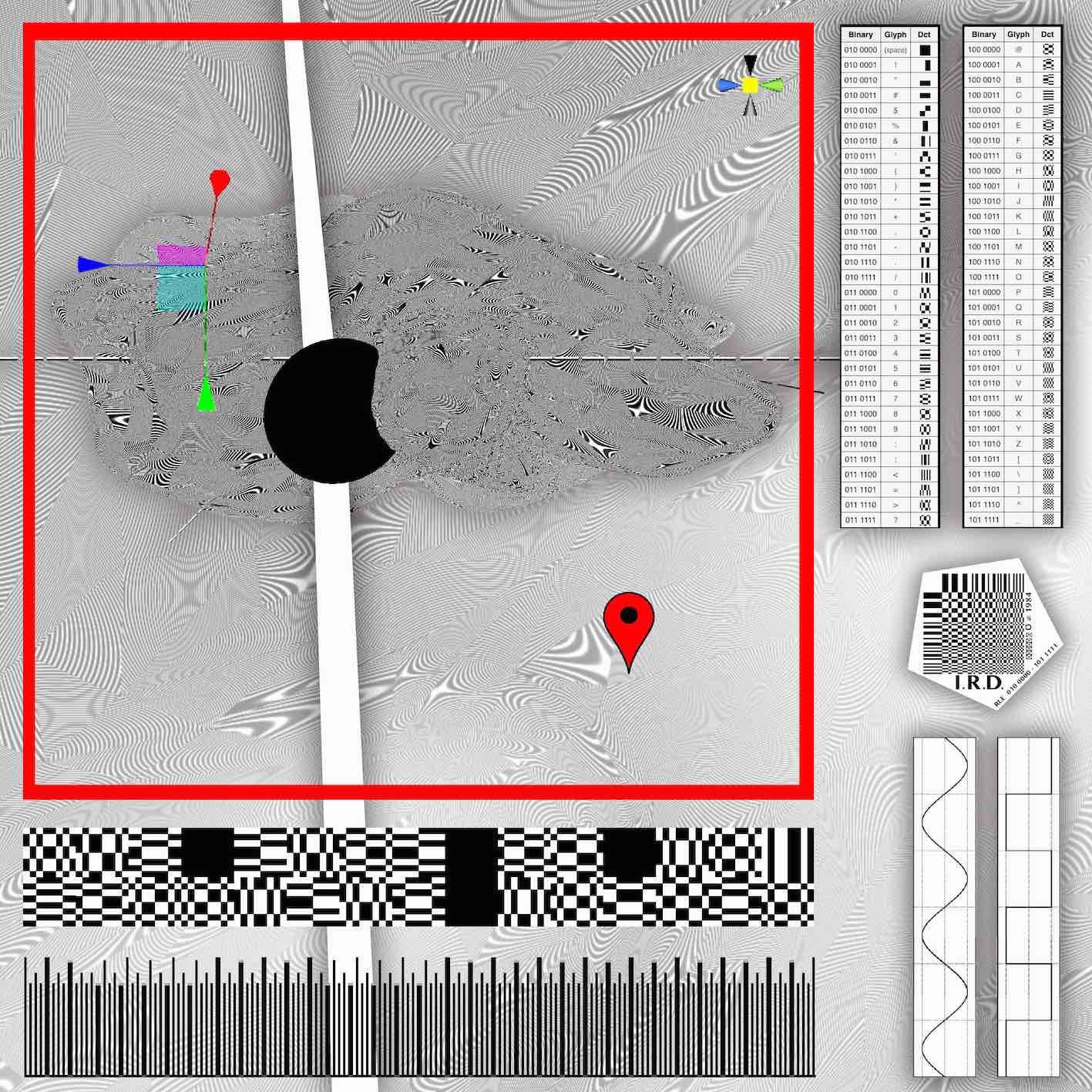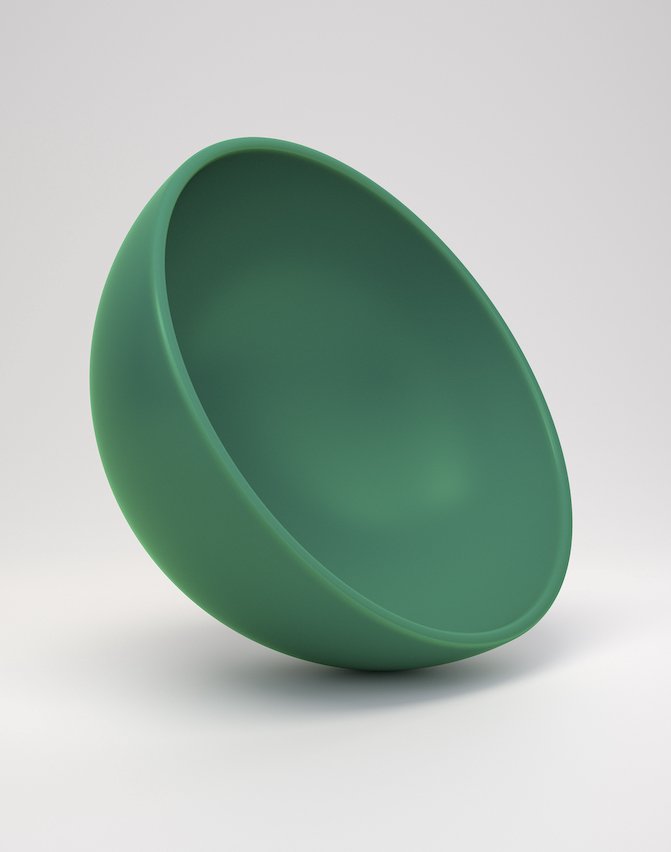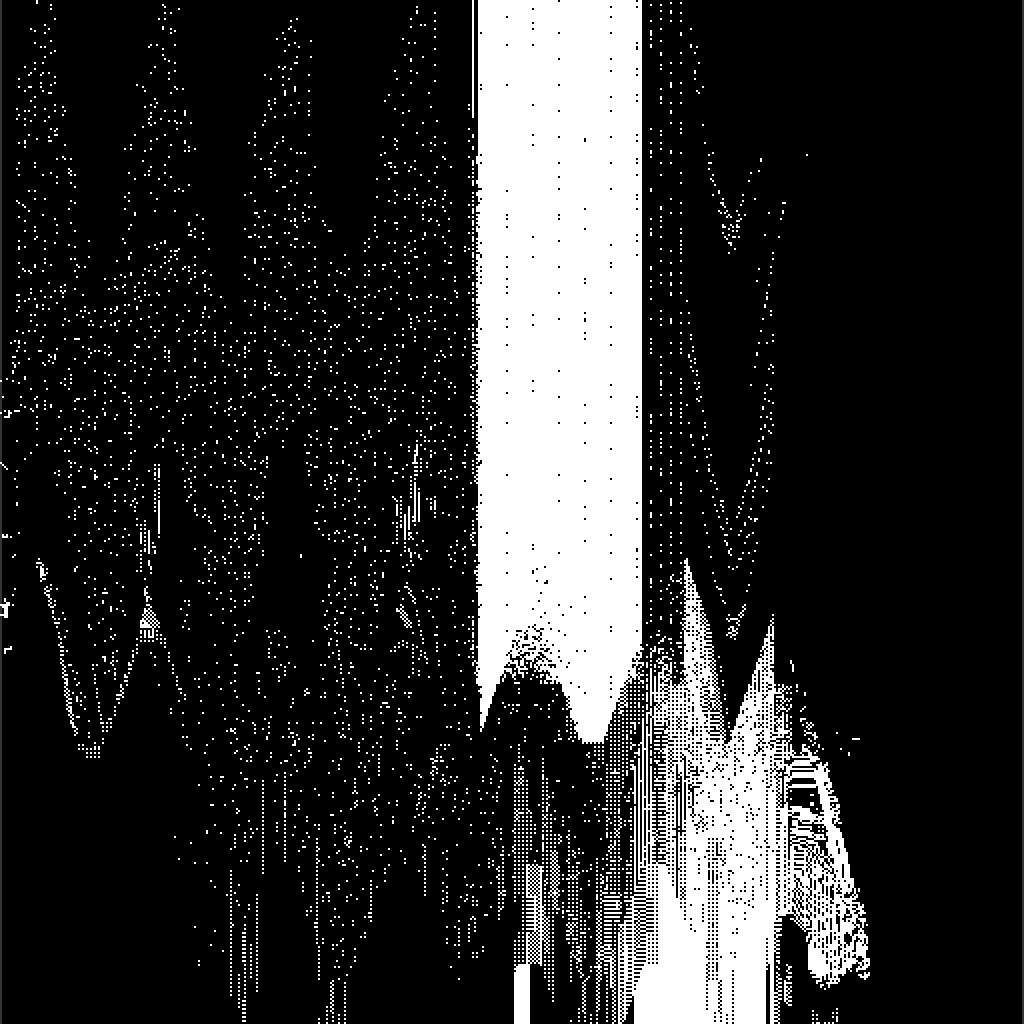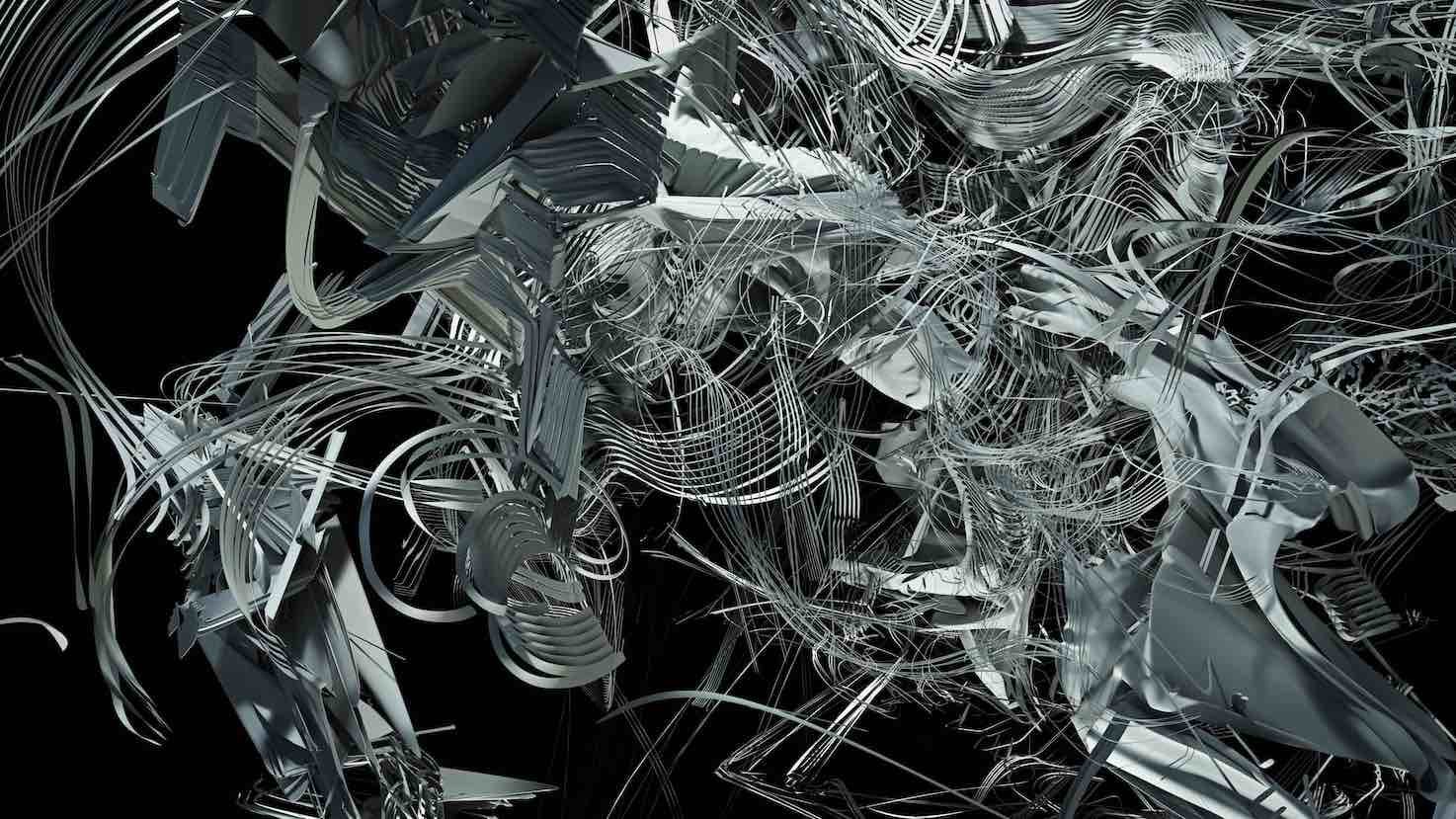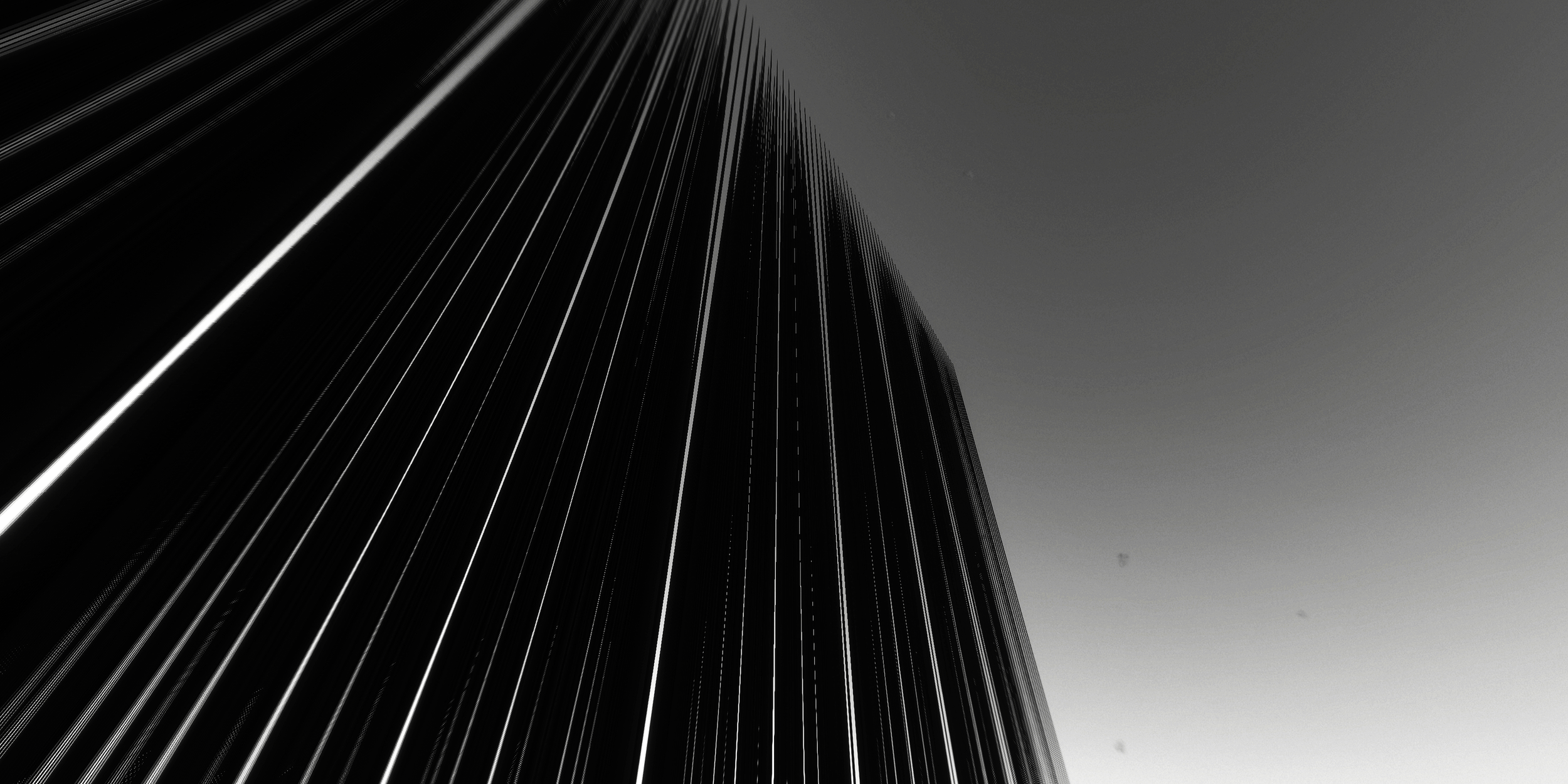EVOLVING KINETICS
Transformations of Kinetic Art in the Post-Digital Age
EVOLVING KINETICS. Transformations of Kinetic Art in the Post-Digital Age
Opening: March 10, 2023, 7 pm
With works by: Kim Asendorf (DE), Banz & Bowinkel (DE), Armin Keplinger (DE), Rosa Menkmann (NL), Nicolas Sassoon (FR), Studio Above&Below (Daria Jelonek and Perry-James Sugden) (UK), Robert Seidel (DE)
Curated by Peggy Schoenegge (peer to space)
Duration: March 10 – May 21, 2023
Accompanying Program:
Curator’s tour: April 14, 2023
Further events of the accompanying program will be announced on the website of Kunstmuseum Gelsenkirchen.
New media have always modified art traditions and resulted in new art forms. This was the case with the invention of photography and video art, for example. In the course of technical progress, the nature of images and works continues to evolve. New ways of seeing emerges as a result, which, as a mirrors of their time, creates an awareness of the respective (technological) conditions.
Such developments are also taking place in the post-digital age – a time in which the digital has established itself as an integral part of our everyday lives. New technologies such as Virtual Reality (VR) or Augmented Reality (AR) are influencing the form, structure and perception of contemporary art. Technical augmentation is taking place, translating artworks into the virtual space in which viewers are immersed. With digital media such as smartphones, tablets, or VR glasses, new possibilities of artistic practice and art experience arise. The digital work is subject to its own technical rules – independent of physical laws such as gravity. This leads to a new frame for art. The artists in the exhibition investigate, expand, and change the (traditional) form of kinetic art by incorporating the digital. The works float freely in space, create an immersive environment, and break the rigid structures of the physical site. The focus is on the moment of movement. In the interrelation between work and technology, new dimensions of dynamics open up and are developed in a new way. Kim Asendorf, Rosa Menkman and Armin Keplinger create immersive spaces, which they digitally extend and are related to Op-Art. Their installations overcome the spatial limitations of the museum and thereby create a new form of reality. Banz & Bowinkel, on the other hand, present minimalist sculptures that, as virtual augmentations, make it possible to experience an immediate interrelationship between the digital and analog worlds. In a similar vein, Robert Seidel and Studio Above&Below place their immaterial works in the physical space, allowing a new perspective on kinetic sculpture. In contrast, Nicolas Sassoons's works dynamize the solid form of various volcanic blocks. He juxtaposes the organic material with the technological matter, creating an abstract moment of movement.
What unites all the works in the exhibition is the elemental role of the viewer in the process of the work’s emergence. Without the visitor, the kinetic moment – and thus the work itself – cannot unfold. Thus, the visitors are invited and called upon to put on the VR glasses, take the tablets in their hands, and actively enter the individual rooms in order to discover the different digital worlds. EVOLVING KINETICS creates an experiential space of contemporary, digital art that enters into a dialogue with the collection of Kunstmuseum Gelsenkirchen. In this exchange, developments in kinetic art can be revealed, allowing the present to be placed in the art historical canon and enabling new perspectives on the individual works. In this way, a discourse of the digital emerges that highlights the significance of new technologies in the context of art and the necessity of engaging with them.
Kim Asendorf, monogrid, detail, 2023
Kim Asendorf, monogrid, 2023, real-time animation, JavaScript/ web GL, 60 fps, variable dimensions
Kim Asendorf’s work monogrid continuously generates patterns in real time that appear as a black-and-white grid in the exhibition space. This occurs with the help of 16 different algorithms that constantly rearrange individual pixels at 60 frames per second (fps), running in the background of the application via a computer. Sixteen different animation algorithms are randomly distributed over defined rectangles, continuously exchanging. Here, the structure of the pattern is subject to the coincidence of the application generating the animation. Each individual animation selects a rectangle from the initial situation and processes the pixels in this area, causing the image to change again and again. These selection processes run independently of each other, so the animations can also overlap, resulting in an extended form of representation. These processes repeat in the work. In this context, the image becomes an ephemeral artifact of technology that is always being created anew. The arrangement of the pixels results in an optical effect that creates a flickering movement of animation. Through this, references can be drawn to works of Op-Art by artists such as Klaus Schoen or Helga Philipp. The line meshes of their works also create a sense of movement. This so-called moiré pattern sets the work into motion, creating a kinetic moment. While the optical illusion in the haptic works is created by the interaction of the viewers, in Asendorf’s work it results from the computer-generated rearrangement. In this way, the artist translates the effect into the post-digital age.
Banz & Bowinkel, from the series: AR Primitives 01-04, 2021–23
Banz & Bowinkel, AR Primitives 01-04, 2021–23, CGI fine art print, AR app (iOS)
The work series Primitives by the artist duo Banz & Bowinkel shows digital sculptures, that are presented as prints and as an AR experience in the context of the exhibition. The works evoke associations with Minimal Art. Their formations are reminiscent of the works of Martin Willing or Günter Tollmann, which can also be seen at Kunstmuseum Gelsenkirchen. They consist of different geometric shapes, such as cubes, pyramids, cylinders, or cones. Their flawless shining surfaces appear in a rich, partly fluorescent coloration in turquoise, violet, or green. The individual objects are displayed in perfect light and demonstrate the visual potential of digital technologies. The three-dimensional sculptural forms have a presence that moves between the material and the immaterial. Their presentation gives the impression of a physical haptic, which, however, only exists as a digital extension of the exhibition space onto the screens of the tablets. The individual sculptures remain abstract, so that their virtual condition manifests the intangible nature of their form. In this field of tension, the visitors are invited to interact with the individual works in order to evoke a kinetic moment. The viewers are activated in their spatial exploration of the AR sculptures, and their participation in the work changes each position. This happens, for example, when they run their fingers over the screen and set the objects in motion. This creates a playful interaction between the work and the visitors, which visualizes the movement itself. In this network of relationships, technology – as a constitutive element of the virtual work of art – moves into the foreground of observation and illustrates the digitalization processes of existing art forms.
Armin Keplinger, THE ND-Serial I, 2020–21
Armin Keplinger, THE ND-Serial I - II, 2020–21, VR experience, Meta Quest 2
Armin Keplinger’s VR sculptures consist of thin tubes that resemble a needle-like form. Through their arrangement, the artist creates large, monolithic blocks. This basic form is also reflected in the sculptural plinths of the exhibition space. Consisting of thin black carbon rods, they establish a formal link between the physical and virtual worlds. This creates a relation between the two spaces, which are interconnected. Accompanied by impressive electronic sounds, the viewers walk through the virtual work. In the process, the lines of the sculpture create a moiré effect that causes the work to flicker. As with David Fried or Carlos Cruz-Diez, the work is set in motion through interaction. In this process, the materiality of the digital sculpture begins to dissolve, vacillating between transparency and materiality. A new form of kinetic art emerges in virtual space. This opens up an experience of the work that would not be possible in the physical world. In contrast to the analog world, there are no limits to the virtual sphere – for example, due to physical laws such as gravity. Thus, the virtual offers infinite creative possibilities that enable new artistic approaches. In this way, digital technologies generate new perspectives for visitors while at the same time artistically developing existing art forms such as sculpture. In this context, Keplinger creates a unique perception of scale and space, stability and fragility, abstraction and objectivity, which breaks with previous habits of seeing. In the seemingly lawless environment of THE ND series, the artist creates a new experiential space of kinetic art.
Rosa Menkman, The BLOB 2, detail, 2021
Rosa Menkman, The BLOB of Im/Possible Images, 2021, CGI fine art print, computer installation
In Rosa Menkman’s installation The BLOB of Im/Possible Images, visitors are immersed in an Op-Art space that exists both in the physical exhibition space and the virtual world. Defined by a large-scale interlocking structure of lines, the viewer’s surrounding starts to move and seems to dissolve. The spatial boundaries become blurred, creating an immediate connection between the digital and the analog. As a result, a new form of reality emerges that connects the two worlds with each other. In her works, the artist investigates the potential of digital imagery and explores its limits. She particularly focuses on common visual elements of digital images such as pixel noise, distortions and color errors, which she artistically stages in various formats. The BLOB of Im/Possible Images functions as a kind of virtual archive in which the artist shows some special images. During her Arts at CERN residency, Menkman explored the impossible image by asking CERN scientists to imagine impossible images of objects or phenomena they consider to be important. Out of this research, Menkman created a low-poly rendering – a form of digital image that is very simple in its basic structure and uses just a few polygons (low-poly). From this, Menkman formed an abstract, unquantifiable blob of the possible and impossible images. The impossible are very difficult to resolve due to the limitations of our image-processing technologies. Thus, they may remain forever impossible or exist only in the hypothetical corners of the BLOB, which shows us the limits of digital technologies and human sight. This is also visualized in the moiré pattern of the work, whose flicker is due to the misprocessing of information. As a result, the hybrid installation itself becomes an impossible image.
Nicolas Sassoon, The Prophets (Tanga 2), 2023
Nicolas Sassoon, The Prophets (Tanga 1–3), 2023, volcanic rock, tube, LCD screen
The Prophets is an ongoing series of sculptures consisting of small blocks of volcanic rocks connected via a tubes to custom LCD screens. The screens display pixelated animations reminiscent of flowing lava, suggesting magmatic life hidden within the stones. In this way, the inside of the object is artistically brought to the outside and made visible. The moving image dynamizes and transforms the motionless rock in its technological extension and at the same time forms a contrast between organic and inorganic materials. This results in a tension between movement and rigidity, nature and culture, and natural resources and digital technologies. In the minimal aesthetic, Sassoon draws a connection between technology and its natural origins. Thus, the series visualizes the foundation of digital media based on materials of geological treasures. The artist creates an experience that tells a story of our relationship to the material – a speculative geology of our post-digital age, rooted in volcanological processes, that speaks of the connections between the natural and the technological. The series of works illustrates that our current living conditions are grounded in the soil of our earth. From the minerals that make up the microprocessors in our smartphones to the machine-spun threads of sand that allow people to follow you on Instagram, earth formations and their history of mineralization and energy are inextricably linked to our everyday lives. Sassoon invites viewers to critically rethink our relationship to the natural world, and to become aware of the consequences of our actions.
Robert Seidel, veneer #1, detail, 2021
Robert Seidel, veneer #1, 2021, veneer #2, 2023, Film, AR sculpture, 4k, Stereo, 1:55 min, artwork: Robert Seidel, sound: Nikolai von Sallwitz
Robert Seidel’s virtual sculpture consists of individual meshes of lines. Intertwined, the individual elements bear calligraphic features and solidify into a cluster. Their shape alternates between fine lines and planar fragments that contrast with each other. They are reminiscent of the works of Jens J. Meyer, who is represented in the collection and the permanent exhibition of Kunstmuseum Gelsenkirchen. Similar to Meyer’s works, the sculptural entity rotates around its own axis while visitors spatially explore the AR sculpture in the exhibition. The work’s environment results in a play of light, with shadows altering the form and physicality, underlining the movement. Unlike a physical work, however, the digital work floats in space and is subject to its own virtual laws. Computer modeling allows Seidel to work beyond physical boundaries. The digital construction and animation of the individual elements of the work intermingle on several levels in this process. The work veneer #1 is a study for an experimental film. By detaching the three-dimensional object from the filmic transformation for the work veneer #2, the artist provides insights into his working process. The fragment becomes the work. In this context, the sculptural formation refers to the complexity of its immaterial virtual origin. Robert Seidel explores the limitations and potentials of the digital object, which he constantly dissolves and reforms. Beyond this, a game of virtual materiality unfolds that reifies the nature of the digital. In this process, Seidel creates his own aesthetic that mediates between virtual and physical kinetic art and, through this, creates access to today’s technology.
Studio Above&Below, Entangled Landscape, 2021–23
Studio Above&Below, Entangled Landscape, 2021–23, AR app (iOS), video
Entangled Landscape is a meditative Mixed Reality (MR) experience that explores the invisible lives within different soil cultures. The artist duo explores integrated networks, resource exchange, and collaborative behavior in different natural spaces and cultures at a microscopic level. Studio Above&Below magnify these hidden processes and make them visually accessible to visitors via video and Augmented Reality (AR). This results in an audiovisual installation that allows the audience to encounter two neural networks. Inspired by mycorrhiza – a symbiosis between fungi and plants – abstract formations appear in the work that are constantly in motion and interact with each other. Form and behavior are based on in-real-time environmental data from the region of Southwest Flanders in Belgium. This leads to a dynamic system whose movement does not result from direct interaction with the viewer, but is based on the influence of the environment. The work only implicitly involves the audience in the kinetic moment of the sculptural formations and at the same time animates the exhibition space. The project is the result of an artistic-scientific collaboration between soil scientists, urban planners, data analysts, and game engine experts working on topics such as soil sealing, soil biodiversity, mutualistic behavior between fungi and roots, and computer-based machine-learning simulation systems. Entangled Landscape was promoted in this framework through the Repairing The Present project funded by the European Commission and S+T+ARTS, a residency hosted by Cleantech Hub Snowball and GLUON with a research partnership with the intercommunity organization Leiedal.
